The History of the Nutcracker
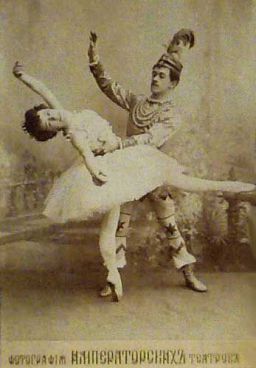
Photo source: Moscow Ballet
Under the gentle snow and multi-color lights during Christmas, the sounds and imagines of Tchaikovsky’s ballet swim through performances in metropolitan ballet companies and grade school productions. This classic Russian story has been a staple for ballet companies around the world. And though it is secular in its relation to Christmas, the Nutcracker has become synonymous with the winter holiday.
That is why it is surprising to discover that the story originated with a German writer whose original story was written as a dark Gothic fairytale with a seven-headed Mouse King and a little girl who would abandon her family forever for a bizarre world ruled by living dolls.
ETA Hoffmann and the Mouse King
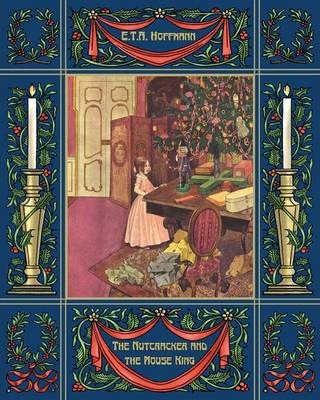
Photo source: Book Depository
Ernst Theodor Wilhelm Hoffmann was a professional lawyer and eventually a judge, though his passion was in the arts. He was a writer, an illustrator, and an artist. He was a passionate music lover and changed his name to Ernst Theodor Amadeus Hoffmann in admiration of Mozart, taking the pen name of ETA Hoffmann. He wrote one of the most influential reviews of Beethoven’s Fifth during its composition and his observations were well respected.
He was most remembered as a fiction writer and his stories were so admired by composers that they were set to music. Most famously, the 18th-century composer Jacques Offenbach crafted the opera, “The Tales of Hoffmann.”
When you read Hoffmann’s original version of “Nutcracker and Mouse King,” you quickly notice it is both dark and mesmerizing at the same time, and definitely not intended for children.
In Hoffmann’s story, a young girl named Marie falls in love with a nutcracker doll. The doll only comes to life when she sleeps. During a grisly fight between the nutcracker prince and the seven-headed Mouse King, Marie slips into a fevered dream in a glass cabinet, cutting her arm seriously. The Mouse King brainwashes her while she sleeps and heals from her injury. This leads to a series of adventures as she accompanies the nutcracker prince in his battle against the Mouse King. Later when she is awake, her stories about her dreams upset her parents badly enough that they forbid her from discussing them anymore. In the end, she vows to love the nutcracker prince and he comes alive in waking world. They marry and both leave her real life forever for the doll kingdom.
How Tchaikovsky Turned Dumas into Music
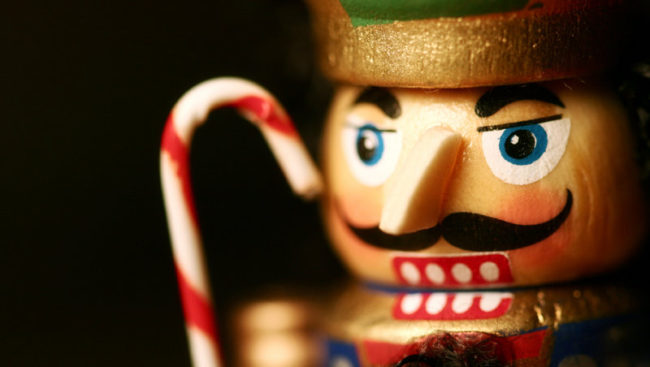
Photo source: National Public Radio
This story caught the eye of the French writer Alexander Dumas, author of the “The Three Musketeers” and “The Count of Monte Cristo,” who decided to turn it into children’s story. Dumas created changes in the story to make it less frightening and lighten the tone of the narrative. This version was called “L’histoire d’un casse noisette” (The Story of the Nutcracker) and was published in 1844, becoming the version of the story that most in the world recognize.
50 years later the popularity of Dumas’s story reached the director of the Russian Imperial Theatre, who commissioned Peter Ilyich Tchaikovsky to compose an opera and Marius Petipa to create the ballet. The ballet was hit with the Czar but unfortunately faced harsh reception among others, mostly through complaints that the ballet was too childish and symphonic.
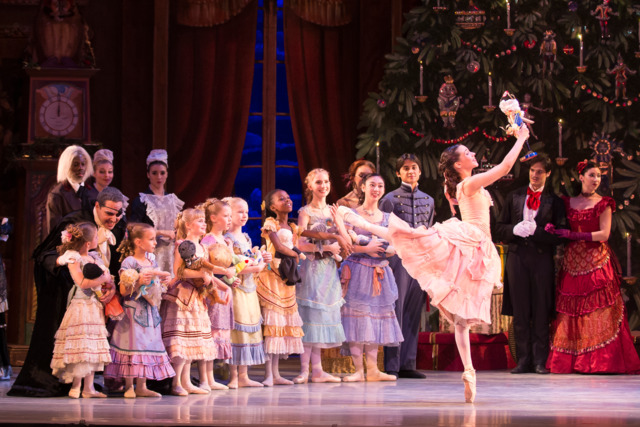
The Washington Ballet Nutcracker, December 2017
Image Credit: Theo Kossenas
Tchaikovsky is said to have composed music for the Grand Pas de Deux in the ballet from a bet with his friend who wagered he couldn’t create music based on the notes of the octave in sequence. Tchaikovsky asked if it was important whether the notes were in ascending or descending order. He was told to compose as he felt was correct. He took the bet and the rest is history.
The Russian production later collapsed due to the revolution but found new life in other countries, first in Budapest in 1927 than in London in 1934. The ballet had a spectacular introduction in the United State when Walt Disney used the entire score in Disney’s “Fantasia” in 1940, followed by the first American performance in San Francisco in 1944.
The watershed moment in the United States happens in 1954 with the New York City Ballet performance under the direction of dance pioneer George Balanchine, who learned the ballet when he was a young boy. Using the original story, he reimagined the ballet based on his own innovative ideas about art.
Maurice Sendak and the Hoffman Revival
1980 was a watershed moment for ETA Hoffmann. The Pacific Northwest Ballet, wishing to evoke the original story, commissioned Maurice Sendak, the author, and illustrator or “Where the Wild Things Are.” Seeking Sendak’s dark and foreboding vision, the ballet company felt that he was perfect to express the original stories tone. Sendak’s vision premiered with the Pacific Northwest Ballet in 1983. He released a book based on this version in 1984.
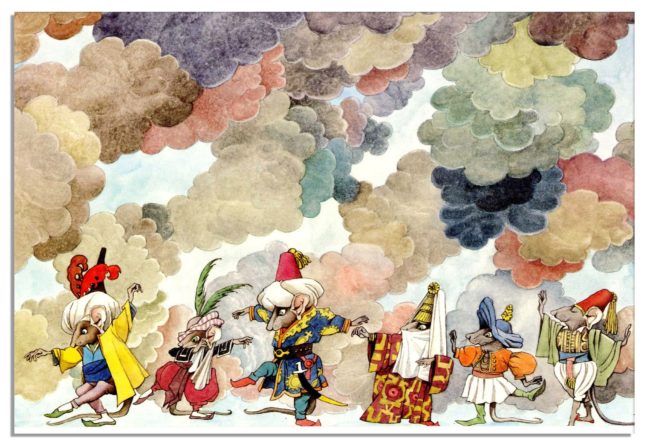
Photo source: Pinterest/Gabby Leon
In light of its global appeal, it is easy to see how Hoffmann’s story has become so important. From its origins in Germany to its children’s rendition in France and finally its ballet adaption in Russia, the Nutcracker has been reinvented several times to appeal to the different audience.
ETA Hoffmann’s name has slowly vanished in time as his story has developed universal recognition. Though his tale was dark and enriched with a bizarre otherworldly vision, it has become a familiar holiday story that evokes the Christmas season and absorbs its audience with Hoffmann’s unique imagination.
Further Reading
- History of Nutcracker
- “The Nutcracker’s” disturbing origin story: Why this was once the world’s creepiest ballet
- No Sugar Plums Here: The Dark, Romantic Roots Of ‘The Nutcracker’
- The History of The Nutcracker Ballet (Video)
As always, we include Spotify playlist created by GROM Audio, consisting of our favorite pieces from Piotr Ilyich Tchaikovsky ballet “Nutcracker”.

Listening to Piotr Ilyitch Tchaikovsky’s Nutcracker on VLine Infotainment System in Lexus
Photo Credit: GROM Audio
Listen to SPOTIFY Playlist:
